The global Acesulfame-K market is experiencing robust growth, driven by advancements in food and beverage science, a rising demand for low-calorie sweeteners, and increased investment in product development. This market spans applications in soft drinks, dairy products, and baked goods, among others. Our report provides a detailed analysis of procurement trends, highlighting cost-saving approaches through strategic partnerships and innovative ingredient sourcing. It also addresses future procurement challenges, emphasizing the role of digital procurement tools in accurately forecasting demand and helping clients remain competitive in a dynamic market. Strategic sourcing and procurement management are essential for optimizing the sourcing process for Acesulfame-K, with market intelligence and analytical solutions further enhancing supply chain efficiency as competition increases. The outlook for the acesulfame - k is optimistic, with several key trends and projections indicating robust growth through 2032: Market Size: The global acesulfame -k market is expected to reach approximately USD 0.38 billion by 2032, reflecting a compound annual growth rate (CAGR) of about 5.80% from 2024 to 2032. Growth Rate: 5.80% Sector Contribution: Growth is primary driven by: Higher Education: In the higher education sector, Acesulfame-K is often the focus of academic research within food science and health-related disciplines. Corporate R&D: Corporate R&D departments, particularly in the food and beverage industry, play a crucial role in developing new formulations and products using Acesulfame-K. Technological Innovations: Advances in production technologies have significantly improved the efficiency and quality of Acesulfame-K manufacturing, enhancing its stability and expanding its applications in various industries like food, beverages, and pharmaceuticals Funding Initiatives: Increased investments from both public and private sectors are driving research and development efforts to create more cost-effective and sustainable production methods for Acesulfame-K, boosting market growth. Regional Insights: North America and Europe are leading the Acesulfame-K market due to high consumer demand for low-calorie sweeteners, while emerging markets in Asia-Pacific are experiencing rapid growth, driven by rising health consciousness and expanding food processing industries. Health-Conscious Consumer Demand: Increasing consumer preference for sugar-free and low-calorie products is driving the adoption of Acesulfame-K in food and beverages. Regulatory Approvals and Expanding Applications: Growing regulatory approvals worldwide are expanding the use of Acesulfame-K across industries, including pharmaceuticals and cosmetics. Innovation in Sweetener Blends: Manufacturers are increasingly combining Acesulfame-K with other sweeteners to enhance taste and meet consumer demand for better flavour profiles. Focus on Clean Labelling: The trend towards clean labelling and transparency in ingredients is prompting companies to highlight Acesulfame-K's safety and calorie-free benefits. Growth Drivers: Rising Obesity and Diabetes Rates: The global rise in obesity and diabetes is driving demand for low-calorie sweeteners like Acesulfame-K. Increasing Demand for Processed Foods: Growth in the processed food and beverage industry, particularly in emerging markets, is boosting the demand for Acesulfame-K as a sugar substitute. Growing Beverage Industry: Expanding global consumption of sugar-free and diet beverages is a major driver for Acesulfame-K usage. R&D in Sweetener Formulations: Continuous research and development to improve the taste and application of Acesulfame-K in various products is supporting market expansion. Recent studies indicate that the Acesulfame-K market faces challenges due to rising production and operational costs, primarily driven by increasing ingredient complexity and evolving regulatory standards. Market reports provide detailed cost forecasts and procurement savings insights, allowing food and beverage companies to manage cost fluctuations while ensuring consistent quality. By leveraging these insights, stakeholders can implement cost-saving measures and optimize procurement processes, supporting efficiency and regulatory compliance in a competitive market To stay competitive in the Acesulfame-K market, companies are optimizing procurement strategies using spend analysis tools to monitor vendor costs and enhance supply chain efficiency through market intelligence. Effective category management and strategic sourcing are critical to achieving cost-efficient procurement and ensuring the timely availability of essential raw materials for high-quality Acesulfame-K production. Pricing outlook for Acesulfame-K: Spend Analysis Acesulfame-K is expected to remain stable, though slight increases may occur due to fluctuations in raw material costs and growing demand across the food, beverage, and pharmaceutical industries. Rising health-conscious consumer trends are driving its use in low-calorie products, which is putting upward pressure on demand. However, competitive pressures within the sweetener market and improved production efficiencies are helping to keep prices relatively steady. Graph shows general upward trend pricing for acesulfame-k, and growing demand. However, there may be fluctuations influenced by economic conditions, technological advancements, and competitive dynamic. The price forecast for Acesulfame-K is expected to see moderate increases in the coming years, driven by rising raw material costs, energy prices, and supply chain challenges. Global demand for low-calorie sweeteners in food and beverage products is on the rise, which may also contribute to upward pricing pressure. However, advances in production technology and potential improvements in supply chain efficiency could offset some of these cost hikes. Cost Breakdown for the Acesulfame Total Cost of Ownership (TCO) and Cost Saving Opportunities: 1. Research Materials (40%) Description: This includes costs associated with obtaining research materials such as scientific articles, books, and digital databases relevant to Acesulfame-K studies and applications. Trends: There has been a significant rise in subscription prices for academic journals and licensing fees, prompting the need for strategic procurement approaches to secure more cost-effective agreements. 2. Labor (XX%) Description: XX Trends: XX 3. Publishing Services (XX%) Description: XX Trends: XX 4. Infrastructure & Overheads (XX%) Description: XX Trends: XX Another significant opportunity lies in the adoption of sustainable sourcing practices. By focusing on suppliers who prioritize environmentally friendly production methods, companies can reduce waste and improve their overall sustainability profile. This not only meets the growing consumer demand for eco-friendly products but also often leads to cost reductions through improved efficiency and lower energy consumption. Furthermore, integrating digital procurement tools can enhance visibility into the supply chain, enabling companies to identify potential savings and optimize purchasing decisions, ultimately driving down costs while maintaining product quality. Supply and Demand Overview for Acesulfame-K: Demand-Supply Dynamics and Buyer Intelligence for Effective Supplier Relationship Management (SRM) The Acesulfame-K market is growing steadily, driven by increasing demand in the food and beverage industry, rising consumer preference for low-calorie sweeteners, and advancements in food science. Demand is particularly strong due to its use as a sugar substitute, supported by collaborations between food manufacturers, regulatory bodies, and research organizations. Demand Factors: 1. Health Consciousness: Growing consumer awareness about health and wellness is driving demand for low-calorie sweeteners like Acesulfame-K as people seek alternatives to sugar. 2. Product Innovation: The increasing introduction of sugar-free and low-calorie products in the food and beverage sector is fueling the demand for Acesulfame-K. 3. Regulatory Support: Favorable regulations and approvals from health authorities around the world for the use of Acesulfame-K in various products are contributing to rising demand. 4. Expansion of Food Applications: The versatility of Acesulfame-K in a wide range of applications, including baked goods, dairy products, and beverages, is boosting its market demand. Supply Factors: 1. Raw Material Availability: The consistent availability of raw materials used in the production of Acesulfame-K is essential for maintaining supply levels. 2. Manufacturing Capacity: Investments in advanced manufacturing processes and technologies by suppliers are enhancing the production capacity of Acesulfame-K. 3. Market Competition: The entry of new players and the expansion of existing suppliers in the Acesulfame-K market are increasing overall supply. 4. Global Trade Dynamics: Changes in global trade policies and logistics challenges can significantly impact the supply chain and availability of Acesulfame-K. The Image shows growing demand for acesulfame k in both North America and Asia, with potential price increases and increased Competition. North America: Dominance in the Acesulfame-K North America, particularly the Mexico, U.S, and Canada, asserts unparalleled dominance in the acesulfame-k, characterized by: 1. High Consumer Awareness: There is a strong consumer focus on health and wellness, driving demand for low-calorie and sugar-free products across various food and beverage categories. 2. Robust Food and Beverage Industry: The region has a well-established food and beverage sector that actively incorporates Acesulfame-K into a wide range of products, including soft drinks, desserts, and snacks, enhancing market growth. 3. Regulatory Support: Acesulfame-K has received approval from health authorities, such as the FDA and Health Canada, which bolsters consumer confidence in its safety and encourages manufacturers to utilize it as a sweetener. 4. Innovation in Product Development: The continuous innovation in food formulations, including the development of new Flavors and product lines that utilize Acesulfame-K, positions North America as a leader in the adoption of this sweetener. North America Remains a key hub Acesulfame-k Innovation and Growth. Supplier Landscape: Supplier Negotiations and Strategies The supplier landscape in the Acesulfame-K market is diverse, with numerous global and regional players involved in the production of this artificial sweetener. These suppliers significantly impact market dynamics, influencing pricing, innovation, and availability. The competitive market includes large manufacturers and specialized firms focusing on high-quality, regulatory-compliant Acesulfame-K production. Currently, the market shows notable consolidation among key suppliers who hold significant market share. However, smaller manufacturers and emerging companies are also increasing their presence by targeting niche applications and investing in production innovations. Some Key suppliers in the Acesulfame-K market include: Hawkins Watts Celanese Corporation Tate & Lyle PLC The NutraSweet Company HYET Sweet A & Z Food Additives Co., Ltd. Niu tang Chemical Ltd. Anhui Jinha Industrial Co., Ltd. Vita sweet Co., Ltd. CJ Cheil Jedang Key Developments Procurement Category Significant Development Acesulfame-k Attribute/Metric Details Market Sizing The global acesulfame -k market is expected to reach approximately USD 0.38 billion by 2032, reflecting a compound annual growth rate (CAGR) of about 5.80% from 2024 to 2032. Acesulfame-k Technology Adoption Rate Approximately 60% of processed food manufacturers utilize Acesulfame-K in product formulations for low-calorie and sugar-free options. Top Acesulfame-k Strategies for 2024 Commonly used in beverages, baked goods, dairy products, and pharmaceutical applications as a non-caloric sweetener. Acesulfame-k Process Automation 35% Produced through chemical synthesis, primarily involving the combination of acetoacetic acid and potassium Acesulfame-k Process Challenges Key challenges include consumer concerns about artificial sweeteners and regulatory scrutiny on health impacts. Key Suppliers Major suppliers include Nutri nova, Celanese, and Foodchem, offering Acesulfame-K for various applications in food, drinks, and pharmaceuticals. Key Regions Covered North America, Europe, Asia-Pacific, with high demand in the U.S., Germany, and China due to increased adoption in processed foods and beverages. Market Drivers and Trends Growth driven by rising health consciousness, demand for sugar alternatives, and expanding use in low-calorie products. Acesulfame-K Market Overview

Key Trends and Sustainability Outlook
Overview of Market Intelligence Services for the Acesulfame-K Market
Procurement Intelligence for Acesulfame-K: Category Management and Strategic Sourcing

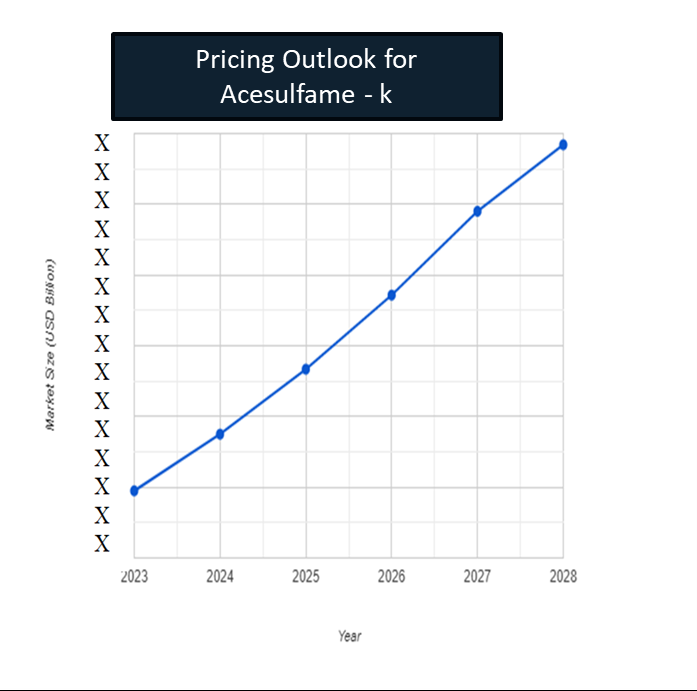
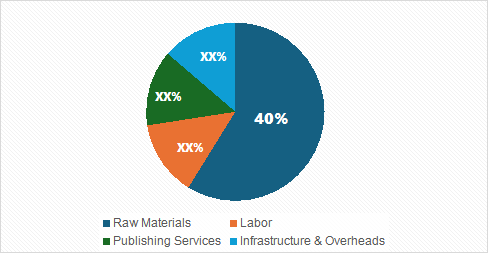
Cost Saving Opportunities: Negotiation Lever and Purchasing Negotiation Strategies

As the demand for Acesulfame-K continues to grow, companies are exploring various cost-saving opportunities to enhance profitability. One effective strategy involves leveraging bulk purchasing agreements with suppliers, allowing manufacturers to obtain raw materials at reduced prices. By consolidating orders across multiple production facilities, companies can negotiate better terms and lower costs per unit. This approach not only minimizes expenses but also streamlines inventory management, reducing the overhead associated with procurement.Regional Demand Supply Outlook: Acesulfame-K
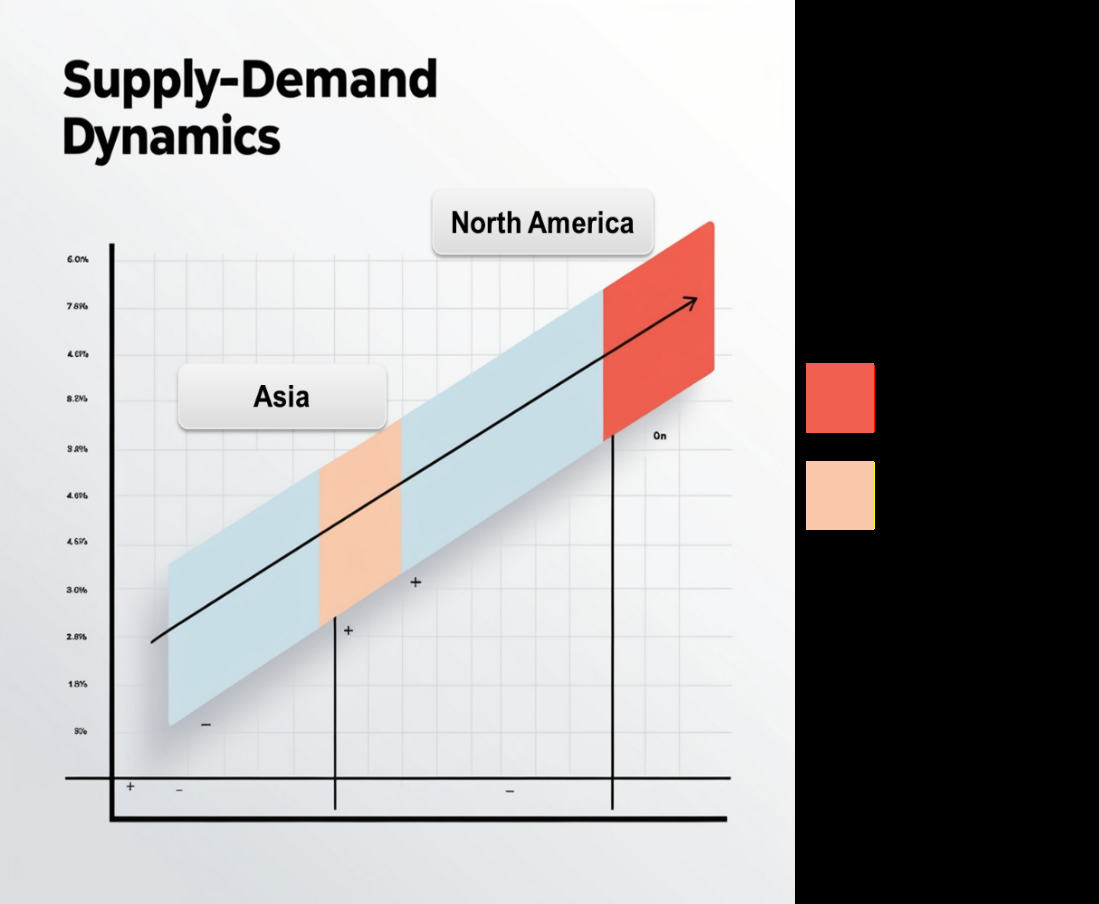
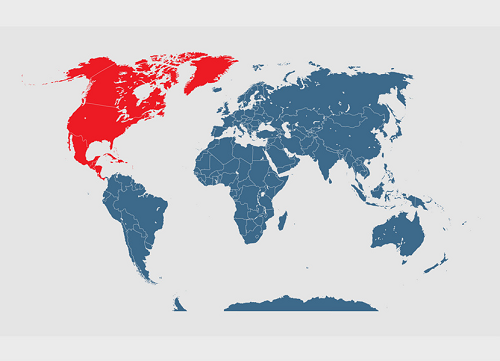

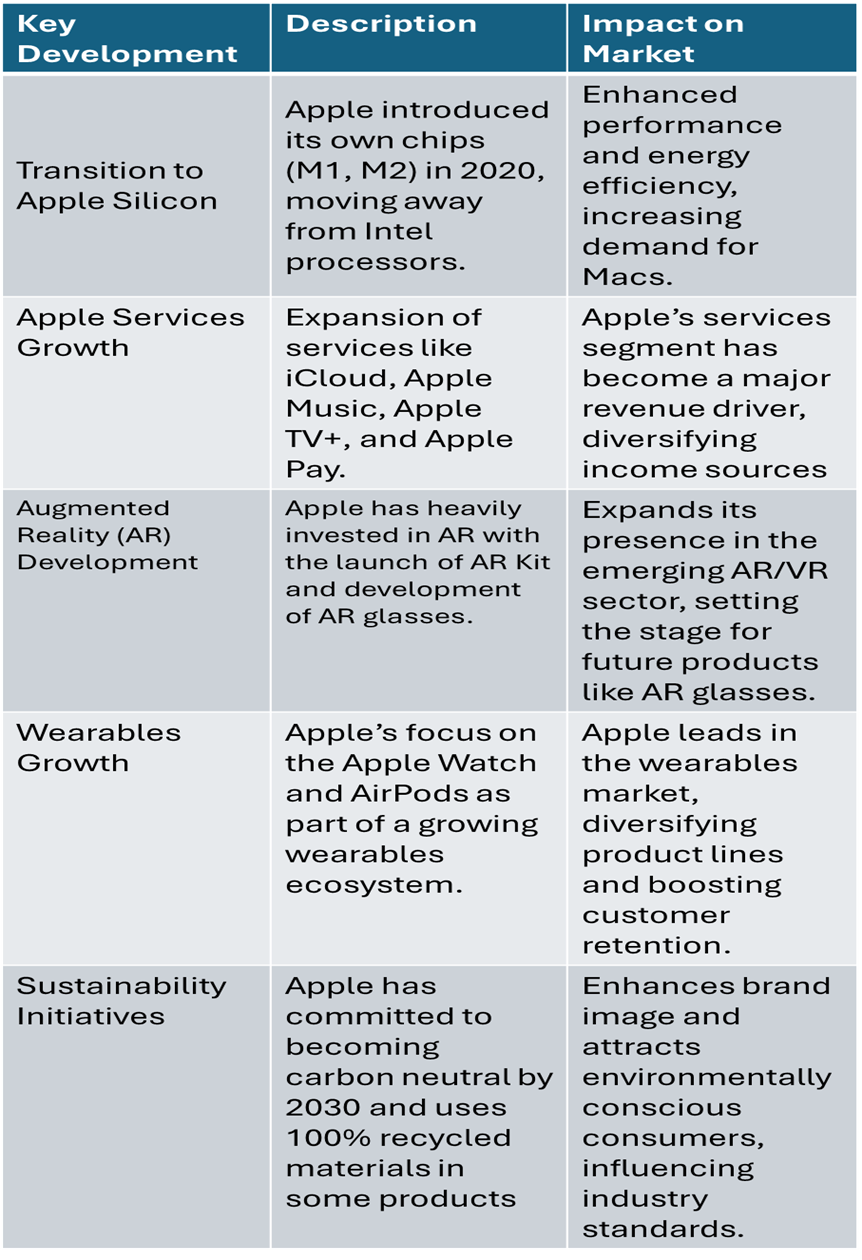
Frequently Asked Questions (FAQ):
Our procurement intelligence services provide a comprehensive analysis of the Acesulfame-K supplier landscape, identifying key suppliers. We offer spend analysis, supplier performance reviews, and market insights to support cost-effective sourcing of Acesulfame-K.
We assist in evaluating the TCO for Acesulfame-K by factoring in procurement, logistics, storage, and lifecycle costs, helping you understand the long-term financial impact of sourcing this sweetener.
We provide a risk management framework highlighting potential supply chain disruptions, regulatory issues, and supplier reliability, helping you mitigate risks in sourcing Acesulfame-K.
Our Supplier Relationship Management (SRM) services help you build strong partnerships with Acesulfame-K suppliers, focusing on collaboration, favourable terms, and consistent quality assurance.
We offer best practices for Acesulfame-K procurement, covering sourcing models, supplier categorization, pricing strategies, and contract management for informed and strategic decisions
Digital transformation enhances Acesulfame-K procurement by enabling real-time tracking of supplier performance, market trends, and optimizing procurement strategies through automation and analytics
Our supplier performance management tools help monitor suppliers to ensure they meet quality, delivery, and compliance standards, improving procurement decisions.
We support negotiations with insights into market dynamics, enabling you to secure better pricing, discounts, and flexible payment terms.
We offer tools for market analysis that provide insights into global trends, supplier market share, and price forecasts, supporting informed procurement decisions.
Our solutions guide you through regulatory compliance in Acesulfame-K sourcing, ensuring suppliers adhere to safety and regulatory standards.
We offer strategies like backup supplier options and contingency planning to help ensure a stable supply of Acesulfame-K.
Our tracking tools allow you to monitor supplier quality, delivery, and compliance over time, enabling informed future sourcing decisions.
We help identify Acesulfame-K suppliers with sustainable practices, ensuring they meet environmental and ethical standards.
Our pricing analysis compares costs across suppliers, analyzing trends and negotiation points to help secure the best value.
Table of Contents (TOC)
1. Executive Summary: Market Overview, Procurement Insights, and Negotiation Leverage
• Acesulfame-k Market Overview
• Key Highlights
• Supply Market Outlook
• Demand Market Outlook
• Category Strategy Recommendations
• Category Opportunities and Risks
• Negotiation Leverage and Key Talking Points
• Impact of Macroeconomic Factors (e.g., COVID-19, Inflation)
2. Research Methodology: Procurement Intelligence, Market Analysis, and Spend Analysis
Tools
• Definition and Scope
• Research Objectives for the Acesulfame-k Market
• Data Sources and Approach
• Assumptions and Limitations
• Market Size Estimation and Forecast Methodology
3. Market Analysis and Category Intelligence
• Market Maturity and Trends
• Industry Outlook and Key Developments
• Drivers, Constraints, and Opportunities
• Regional Market Outlook within the Acesulfame-k Market
• Procurement-Centric Five Forces Analysis
• Mergers and Acquisitions (M&As)
• Market Events and Innovations
4. Cost Analysis, Spend Analysis, and Pricing Insights
• Cost Structure Analysis
• Cost Drivers and Savings Opportunities
• Total Cost of Ownership (TCO) Analysis
• Pricing Analysis and Expected Savings
• Billing Rate Benchmarking
• Factors Influencing Pricing Dynamics
• Contract Pointers and SLAs
• Market Cost Performance Indicators
• Risk Assessment and Mitigation Strategies
• Spend Analytics and Cost Optimization
5. Supplier Analysis and Benchmarking
• Acesulfame-k Supply Market Outlook
• Supply Categorization and Market Share
• Acesulfame-k Market Supplier Profiles and SWOT Analysis
• Supplier Performance Benchmarking
• Supplier Performance Evaluation Metrics
• Disruptions in the Supply Market
6. Technology Trends and Innovations
• Current Industry Technology Trends
• Technological Requirements and Standards
• Impact of Digital Transformation
• Emerging Tools and Solutions
• Adoption of Standardized Industry Practices
7. Procurement Best Practices
• Sourcing Models and Strategies
• Pricing Models and Contracting Best Practices
• SLAs and Key Performance Indicators (KPIs)
• Strategic Sourcing and Supplier Negotiation Tactics
• Industry Sourcing Adoption and Benchmarks
8. Sustainability and Risk Management: Best Sustainability Practices
• Supply Chain Sustainability Assessments
• Corporate Social Responsibility (CSR) Alignment
• Risk Identification and Assessment
• Contingency Planning and Supplier Diversification
• Holistic Risk Mitigation Strategies
9. Category Strategy and Strategic Recommendations
• Market Entry Strategies
• Growth Strategies for Market Expansion
• Optimal Sourcing Strategy
• Investment Opportunities and Risk Analysis
• Supplier Innovation Scouting and Trends
• Cross-Functional Collaboration Frameworks
10. Future Market Outlook
• Emerging Market Opportunities
• Predictions for the Next Decade
• Expert Opinions and Industry Insights
11. Appendices: Procurement Glossary, Abbreviations, and Data Sources
• Glossary of Terms
• Abbreviations
• List of Figures and Tables
• References and Data Sources








